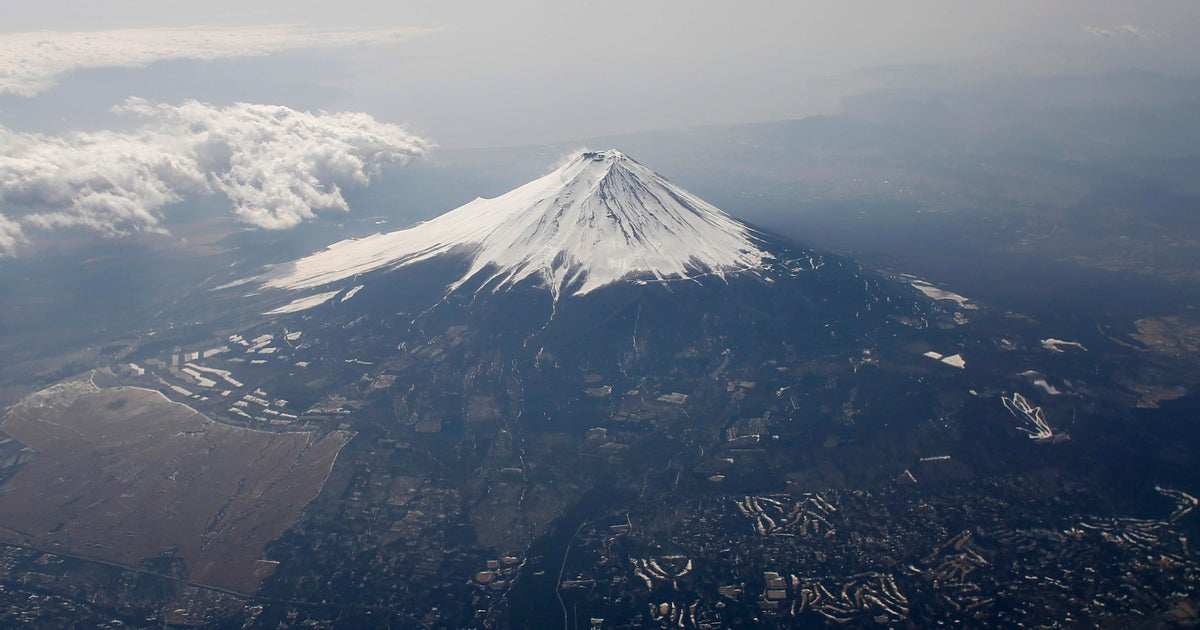World
4 bodies recovered on Mount Fuji after missing climber sent photos from summit to family

Four bodies were recovered near the summit of Mount Fuji, Japanese media reported Wednesday, days before the summer climbing season begins.
Authorities have long warned climbers to take care when attempting to scale Japan’s highest mountain, where hiking trails officially open on Monday.
The bodies of three people were found near the volcano’s crater as rescuers searched for a Tokyo resident who did not come home after he climbed the mountain, national broadcaster NHK said. The man had snapped photos from the summit and sent them to his family on Sunday, it said.
NHK also said the identities of the three bodies had yet to be confirmed.
Another climber called police from a trail near the summit on Wednesday and reported his companion had become ill and lost consciousness, NHK said.
The person was taken to a hospital in the area, where his death was confirmed, it said.
Local police could not immediately confirm the report to AFP.
Mount Fuji is covered in snow most of the year but more than 220,000 visitors trudge up its steep, rocky slopes during the July-September hiking season.
Toru Hanai/REUTERS
Many climb through the night to see the sunrise and some attempt to reach the 3,776-metre (12,388-foot) summit without breaks, becoming sick or injured as a result.
In 2019, Japanese police found a body on Mount Fuji after a man was seen falling down a snow-covered slope while livestreaming his climb up the mountain on YouTube.
Overcrowding on Mount Fuji
Regional officials have raised safety and environmental concerns linked to overcrowding on the mountain, which is a symbol of Japan and a once-peaceful pilgrimage site.
Exactly how many tourists visit Fuji — and how many is too many — is up for debate, Thomas Jones, a professor of sustainability and tourism at Japan’s Ritsumeikan University who has studied the mountain since 2008, told CBS News last year.
“You would have to find consensus” for what constitutes carrying capacity, he said, “and at the moment there isn’t really anything like that. So, there isn’t really a kind of concerted effort to limit the number of visitors there.”
Just last month, a barrier was put up in a popular viewing spot for Mount Fuji in the town of Fujikawaguchiko, where residents had complained about streams of mostly foreign visitors littering, trespassing and breaking traffic rules.
Hikers using the most popular route to climb Mount Fuji — the Yoshida trail — will be charged 2,000 yen ($13) each this summer and entries capped at 4,000 for the first time to ease congestion.








:max_bytes(150000):strip_icc()/roundup-writereditor-loved-deals-tout-f5de51f85de145b2b1eb99cdb7b6cb84.jpg)


